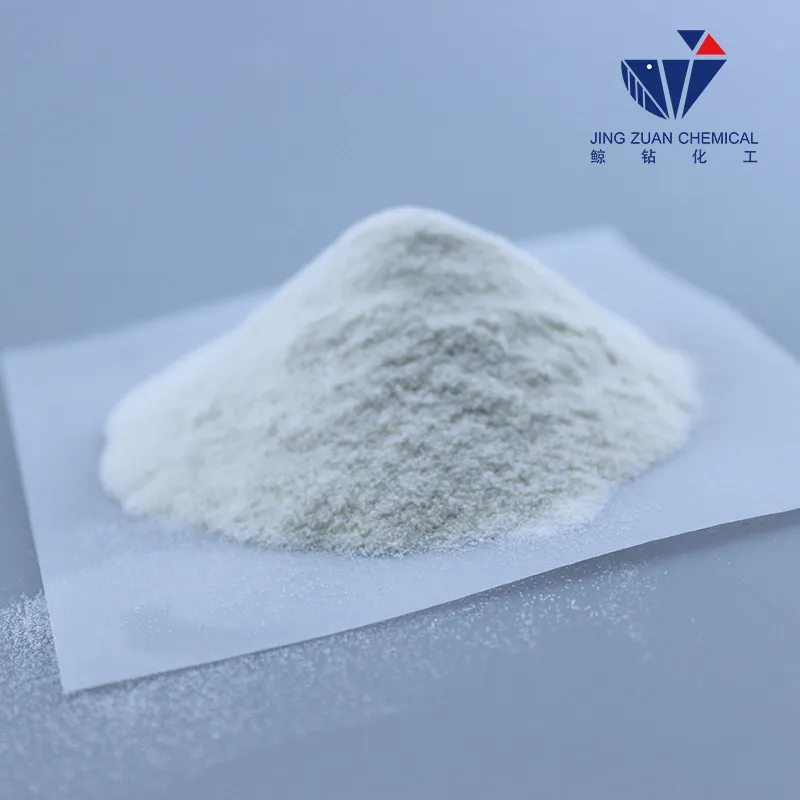1. Glucosamine An amino sugar that supports joint health by aiding in the repair and maintenance of cartilage, thereby reducing inflammation and pain.







